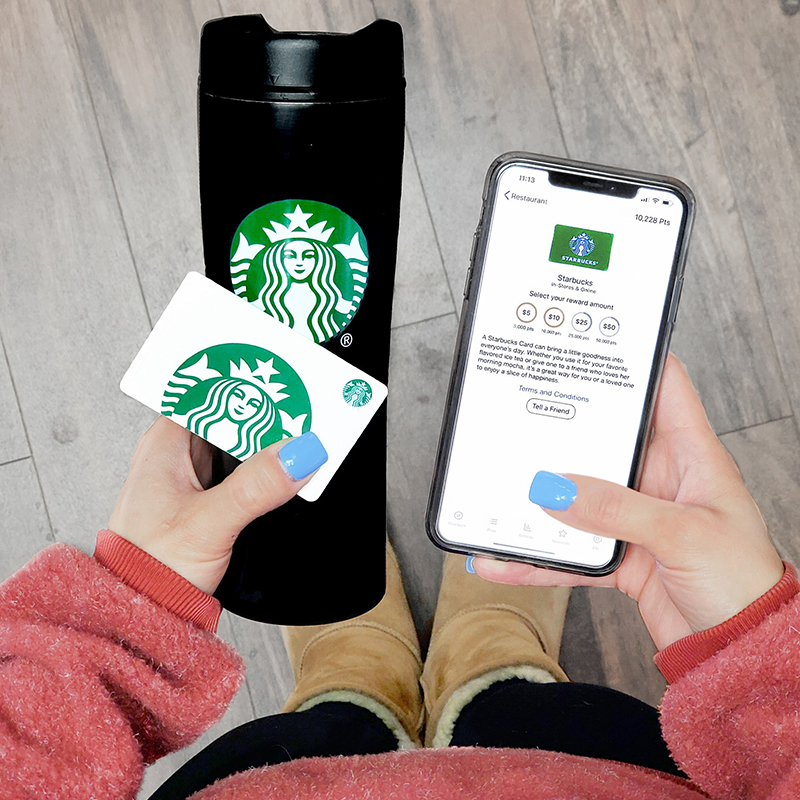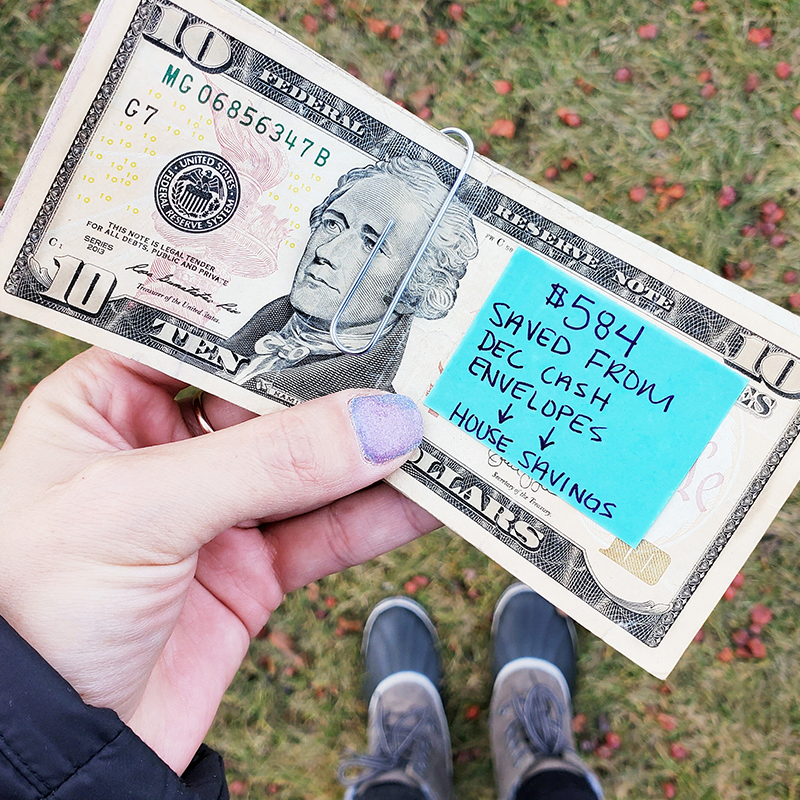
You don’t necessarily need a coupon or a limited time offer to get the best price possible. Thanks to price matching, you have the opportunity to get the best price regardless of where you shop.
Two separate studies (Oberlo and KPMG International) suggest that 65% of shoppers have used their smartphone to check for price comparisons while physically shopping in a store. Another study by Market Track estimates that as many as 80% of shoppers make online price comparisons before making a purchase in a brick and mortar store.
But here’s the catch: most consumers only research costs for high-ticket items.
The more expensive the product, the more likely consumers were to search for better offers elsewhere. Specifically, consumers are more likely to take their time researching a major purchase such as a laptop, tablet, phone, appliance, or car.
This is certainly a great habit, but price matching isn’t exclusive to expensive items only. Savvy shoppers frequently utilize price matching to get the best deal, make shopping more convenient, and boost their savings.

So What Exactly Is Price Matching?
Price matching is when a store matches a competitor’s lower price on the exact same item. Different retailers use different terms for “price matching.” For example, “low-price guarantee” and “lowest price guarantee” are common price matching terms.
Major retailers that price match includes, but are not limited to:
- Walmart
- Best Buy
- Bed Bath & Beyond
- The Home Depot
- Kohl’s
- Petco
- Target
- Lowes
Each retailer has its own rules for price matching, so you’ll want to check their websites for the latest updates. The terms and conditions can vary wildly. For example, Bed Bath & Beyond will price match any retailer that sells the same exact product at a lower price. Compare that to Walmart, which only price matches select online retailers, including Amazon, Walgreens, and DollarGeneral.
Another policy to watch for is “price adjustment,” which is a retailer’s way of price matching itself. If a retailer drops its price on an item after you’ve purchased it, there is a short window of time in which the retailer will refund you the difference. For example, if you purchase a tablet at full price and then notice that the same retailer announces a 10% sale the very next day, you can get a 10% refund if they have a price adjustment policy.
Here’s another bit of good news: local businesses may be open to price matching as well. It doesn’t hurt to ask the manager if they have a price matching policy in place. Of course, it is much harder for small businesses to price match compared to national retailers, so please remember to be understanding if they don’t!
How Do I Price Match?
Each retailer will have a different process for price matching. Because these policies are always changing, be sure to check the retailer’s website for the latest terms.
If you shop at the same store regularly (like Target or Walmart), the process of price matching will become second nature. Soon, you won’t be able to shop at your favorite store without seeing if you can score a better deal. Think of it as a fun game — one where you can “earn” money in the form of savings!

Below is a brief overview of price matching policies and procedures at some of the nation’s largest retailers:
- Walmart. Walmart is committed to giving customers the best price possible, which is why they have a price match policy on identical items sold by select online retailers. If you find the same item available on Amazon, BestBuy, or Target at a cheaper price, Walmart will match it! However, you can only price match one item per day, and the item must be in-stock at both the competitor and Walmart.com at the time of your purchase. The process of requesting a price match must be done online at Walmart.com Customer Care. The retailer discontinued its in-store price matching program (“Savings Catcher”) in May of 2019.
Pro tip: Some customers shop online to take advantage of price match, then select the option to pick-up their purchase at their local Walmart. - Target. Target is unique in that they price match their competitors’ print ads. If you get coupons in the mail or see an ad in the local newspaper or magazine (yes, they still exist!), bring it in, and Target will price match the item. The policy requires that the entire ad is brought in, so don’t just clip a portion of the ad to show the clerk. If there is a digital version of the ad (a promotional email, for instance), Target will honor that, too.
Price matching at Target can be done at any checkout lane, including the self-checkout aisle, so you don’t need to worry about going to the Customer Service kiosk. To price match when making an online purchase, you will need to call Target.com Customer Services. - Home Depot. Home Depot has one of the best price matching policies out there. They will match any online or brick-and-mortar price on identical, in-stock items. When it comes to online shopping, Home Depot even price matches the cost of shipping, ensuring that the total purchase price is equal to any competitor.
Pro tip: Home Depot no longer has a guarantee to beat competitor prices by 10%. A previous policy meant the store would price match any competitor and then give you a 10% discount on top of that. Despite what some articles say, this is no longer the case. Home Depot also does not price match the cost of any labor services such as installation services. Despite these caveats, the Home Depot price matching policy is one of the best of the major retailers.
Price matching is a win-win situation. As a consumer, you have total control because you are able to get the best price possible for a product. On the other hand, stores also benefit because they still get your business rather than having you run to a competitor for the same item.
Idea: Use Price Matching to Boost Your Savings
Yes, you will save a lot of money by using price matching whenever you can!
But why not put that money to work for you?

Here’s an idea: the next time you price match an item, why not put the difference in your savings account? For example, if you save $10 through price matching, then consider putting an extra $10 into your savings! It doesn’t have to be your emergency savings account either — a 401K, IRA, HSA, or kids’ college savings account all work just as well. The goal is to find extra areas in your life where you can put just a little bit more away for your future and your family’s future.
It doesn’t have to be anything massive. Small but regular deposits can make a major difference!
Personally, I like putting my savings into CIT Bank’s Savings Builder, which offers up to 0.45% APY. This is much more than the national average interest rate for savings accounts, which is just 0.05% APY. For high balance savers, a $25K balance is required to earn the highest interest rate. If you don’t already have $25K in savings, no worries! CIT Bank still offers the highest interest rate to consistent savers. A minimum of $100 deposited each month will guarantee you the excellent 0.45% APY.
If you price match regularly and put those savings into a savings account, I bet you’ll be able to reach that minimum threshold. Give it a try!

